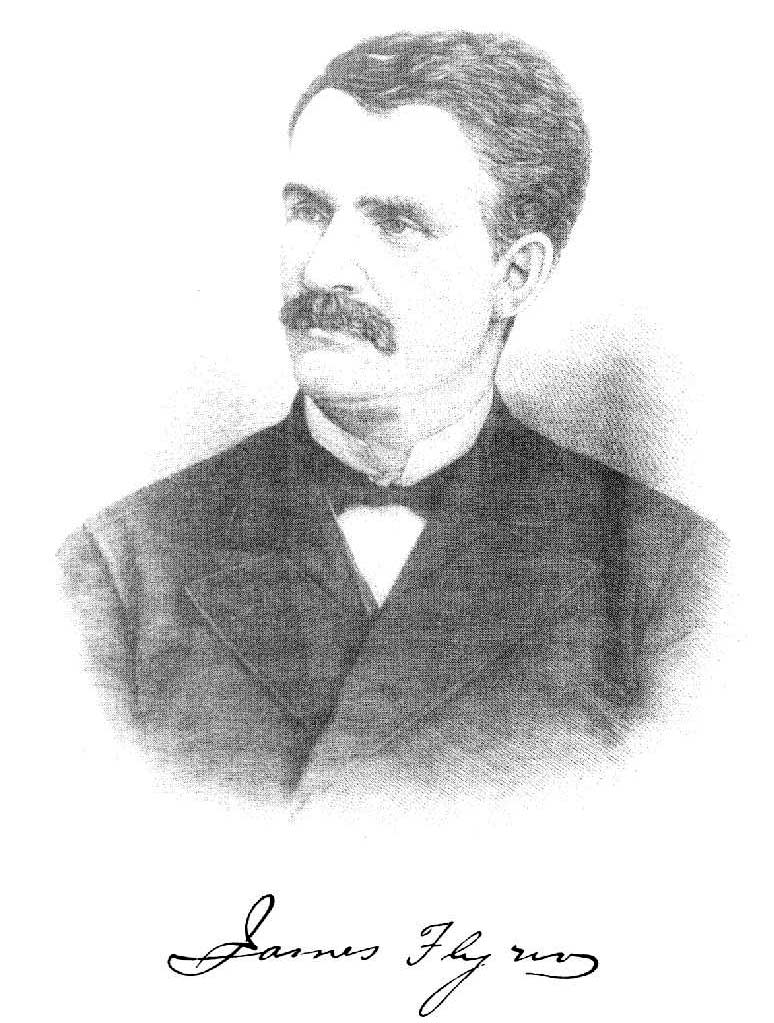| |
Page 413
BECCARIA TOWNSHIP.
Messrs. Herman, Houpt & Thompson, and McManigal. The shingle-mill of R. J.
Walker, of Osceola, Pa., and the town is located at the mouth of Witmer Run, on
Clearfield Creek. The other principal business men are those connected with the
tannery, J. H. Bamfield, M. D., Messrs. McNeil, Michaels, Lightner, McEwen,
Williams, etc. Here also are located the headquarters of the Baker, Whiteby Coal
and Coke Company, who have opened extensive mines and built many coke ovens.
With the present increase in population the towns of
Irvona and Coalport will soon be so nearly united as to form one place. The
borough proper of Coalport has now from 1,200 to 1,500 inhabitants, but in
connection with Blaine City and Rose Bud numbers 3,000 people. The buildings are
substantial and commodious ; the progress and improvement of the town is
remarkable. It includes five churches, the Methodist Episcopal, Presbyterian,
the United Brethren, Roman Catholic and Evangelical Association. The pastors
are: Revs. C. A. Biddle, M. A. Wolf, B. J. Hummel, J. C. McEntee and R. D.
Leibhardt. There are three commodious public schools, located, one in the
borough, one in Blaine City, and one in Rose Bud. The Irvona Coal and Coke
Company have erected ninety coke ovens, which are kept burning. There are five
hotels, with Messrs. M. Carroll, W. J. Smith, Jos. Rhody, Jos. F. Durbin and
Jos. A. Adams, as landlords ; five coal mines shipping coal ; two planing-mills,
owned by Berger & McGarvey and Hannah & Klohe & Co.; the extensive saw-mill of
P. & A. Flynn, and in connection with their lumber mill. The Hon. James Flynn,
ex-State senator from this district, resides here with his family, having moved
from Janesville, Geulich township, some two years past. The general merchandise
stores are those of Samuel Hegarty, P. and A. Flynn, Thompson & McManigal, J. B.
Wilber & Co., J. B. Lydick, A. J. Harber, J. S. Stiner, I. W. & P. C. Gates, C.
A. Lamborn & Co. Coalport has also a good bank, which owes its existence to the
business energy and enterprise of the Hon. John Patton, present. member of
Congress of Curwensville, Clearfield county, Pa. Samuel Hegarty is president,
and F. G. Patton, esq., cashier of this institution. Mr. Samuel Hegarty, a
descendant from one of the oldest families in the township, is one of the
leading business men and coal operators of the county ; he operates a mine at
Coalport, carries on an extensive business in general merchandise and furniture,
and has contributed largely to the building of the town. D. C. Flynn is
postmaster. The burgesses of the borough have been James Haines, esq., two terms
; J. D. Spangle, esq., P. C. Gates, esq., two terms, and the present burgess,
Capt. John Elliott. James Haines and V. Stevens are justices of the peace. The
physicians are J. Herbert Hogue, M. D. ; C. B. Elliott, M. D., and Drs. C. D.
Woods and J. E. Bolinger. Dentists, W. H. Craft and T. H. Sexton. Attorneys at
law, Alonzo P. Madeon and G. M. Bigler. R. R. agents, Hon. Jno. C. Gates,
ex-member of Legislature from Cambria county, and W. H. Ott. Hardware men, R. A.
53
|
|







